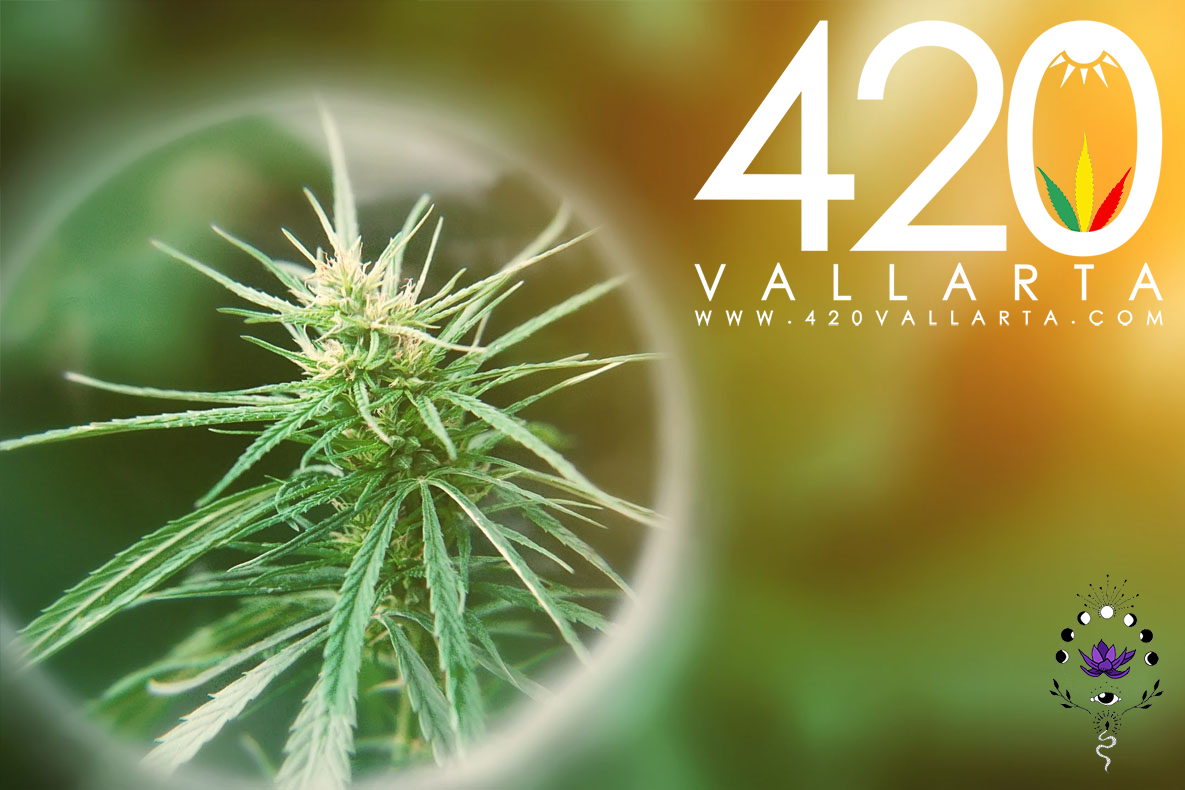420 Puerto Vallarta - Nuevo Vallarta

How Marijuana Works
Marijuana and the Brain
After you inhale marijuana smoke, its chemicals zip throughout the body. THC is a very potent chemical compared to other psychoactive drugs. Once in your bloodstream, THC typically reaches the brain seconds after it is inhaled and begins to go to work.
Marijuana users often describe the experience of smoking the drug as initially relaxing and mellow, creating a feeling of haziness and light-headedness (although those feelings may differ depending on the particular strain). The user's eyes may dilate, causing colors to appear more intense, and other senses may be enhanced. Later, the user may have feelings of paranoia and panic. The interaction of the THC with the brain is what causes these feelings. To understand how marijuana affects the brain, you need to know about the parts of the brain that are affected by THC. Here are the basics:
Neurons are the cells that process information in the brain.
Chemicals called neurotransmitters allow neurons to communicate with each other.
Neurotransmitters fill the gap, or synapse, between two neurons and bind to protein receptors, which allow various functions in the brain and body to be turned on and off.
Some neurons have thousands of receptors that are specific to particular neurotransmitters.
Foreign chemicals, like THC, can mimic or block actions of neurotransmitters and interfere with normal functions.
Your brain has groups of cannabinoid receptors concentrated in several different places. These cannabinoid receptors can affect the following mental and physical activities:
Short-term memory
Coordination
Learning
Problem-solving
Cannabinoid receptors are activated by a neurotransmitter called anandamide. Like THC, anandamide is a cannabinoid, but one that your body makes. THC mimics the actions of anandamide, meaning that THC binds with cannabinoid receptors and activates neurons, which causes adverse effects on the mind and body.
High concentrations of cannabinoid receptors exist in the hippocampus, cerebellum and basal ganglia. The hippocampus sits within the temporal lobe and is important for short-term memory. When the THC binds with the cannabinoid receptors inside the hippocampus, it interferes with the recollection of recent events. THC also affects coordination, which the cerebellum controls. The basal ganglia direct unconscious muscle movements, which is another reason why motor coordination is impaired when under the influence of marijuana.
Munchies and the brain
Marijuana may affect certain neurons in the brain that are normally responsible for suppressing appetite, and this effect may explain why people often get very hungry after smoking pot, according to a 2015 study in mice. In the study, researchers stimulated the mice's appetites by manipulating the same cellular pathway as the one that mediates pot's effects on the brain, and then observed what was going on in the mice's brains during the experiment.
The scientists expected that the neurons that typically suppress appetite would be turned off by their efforts to stimulate the rodents' appetites. But, contrary to their expectations, it turned out that those neurons were actually activated, because they had switched to releasing chemicals that promote hunger, study author Dr. Tamas Horvath, a professor of neurobiology at Yale University, told Live Science in a 2015 interview.
It's not clear whether it would work the same way in people, the researchers noted. But it has been suggested that using marijuana makes people hungry, they said. [The Science of Hunger: How to Control It and Fight Cravings]
The finding could point to a way to treat the loss of both appetite and weight that some cancer patients experience while undergoing treatments, the researchers said.
The brain's reward system
The brains of people who have smoked pot for many years may respond differently to certain rewards, compared with the brains of people who don't use the drug, according to a recent study. In the study, researchers wanted to see whether the brains of 59 chronic marijuana users would respond differently to the photos of objects used for smoking marijuana than they did to the photos of objects that are considered "natural rewards," such as their favorite fruits.
The scientists found that study participants who had smoked marijuana for 12 years, on average, exhibited greater activity in the brain's reward system when they looked at photos of objects that they used for smoking marijuana (such as a pipe or a joint) than when they looked at photos of their favorite fruits. In comparison, the people in the control group who did not smoke marijuana did not show greater activity in this brain region when they were shown marijuana-related objects, according to the findings, published in May 2016 in the journal Human Brain Mapping.
"This study shows that marijuana disrupts the natural reward circuitry of the brain, making marijuana highly [important] to those who use it heavily," study author Dr. Francesca Filbey, an associate professor of behavioral and brain science at the University of Texas at Dallas, said in a statement.
Originally published on Live Science.
Support us on
Facebook
Twitter
Instagram
YouTube
Pinterest
You can also reach us by email
info@420vallarta.com


